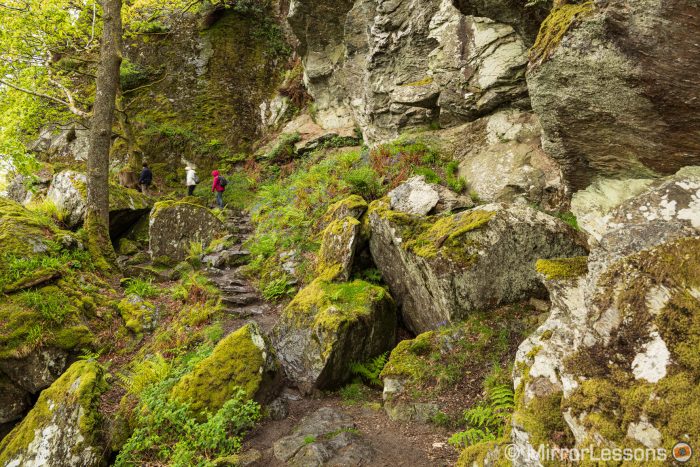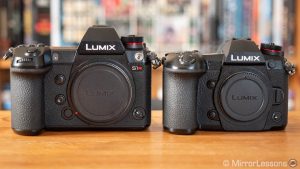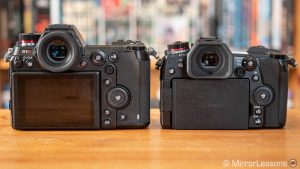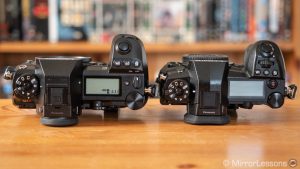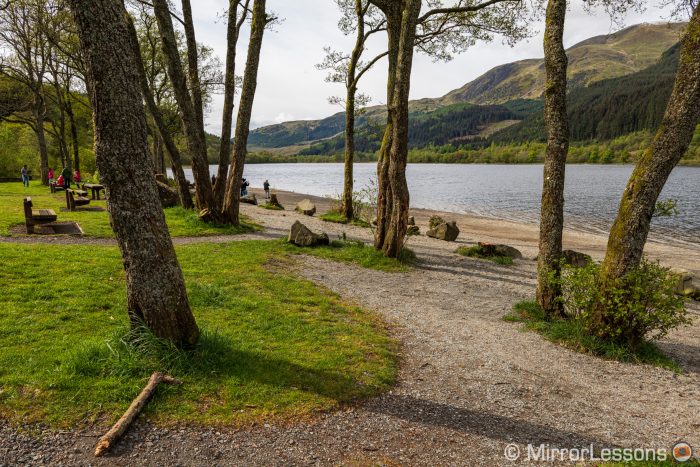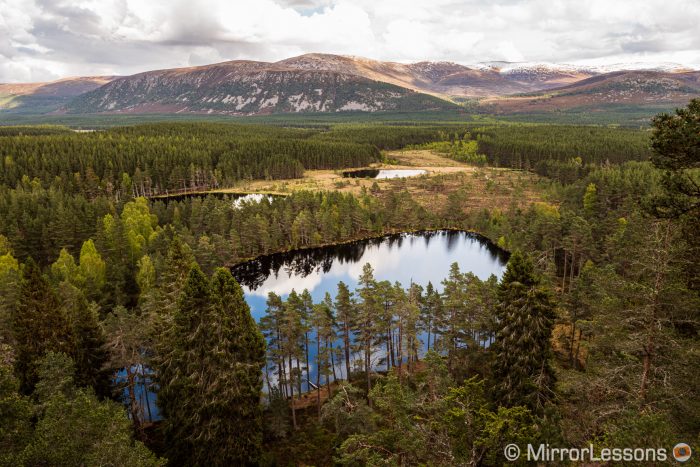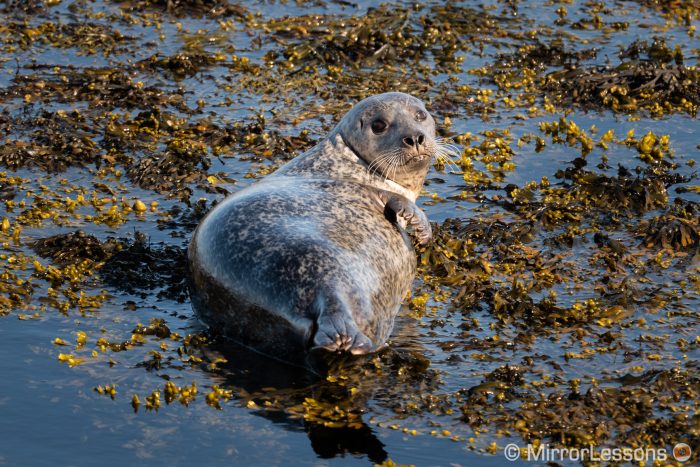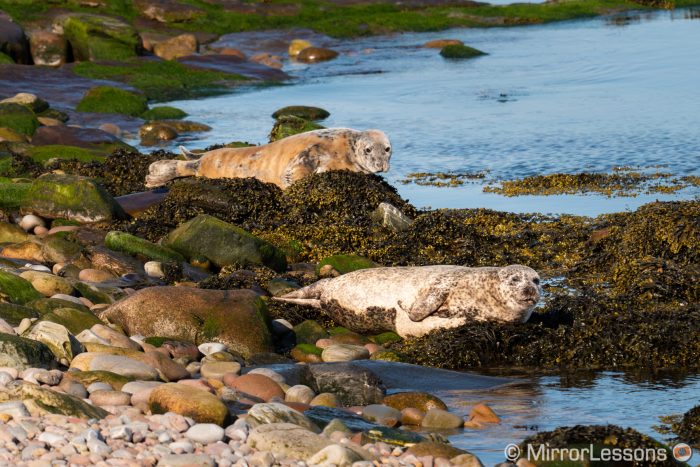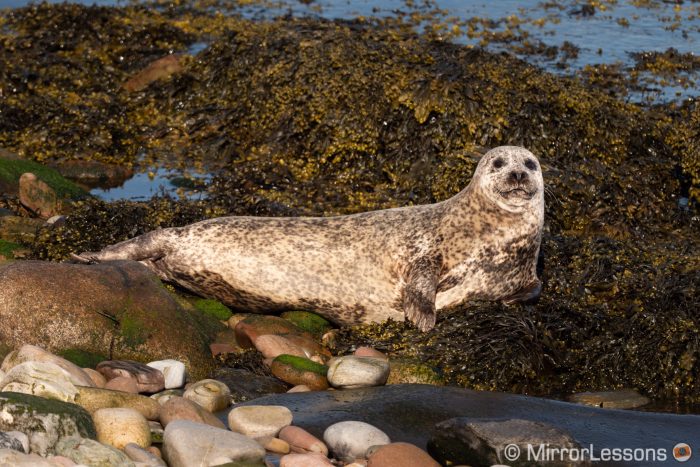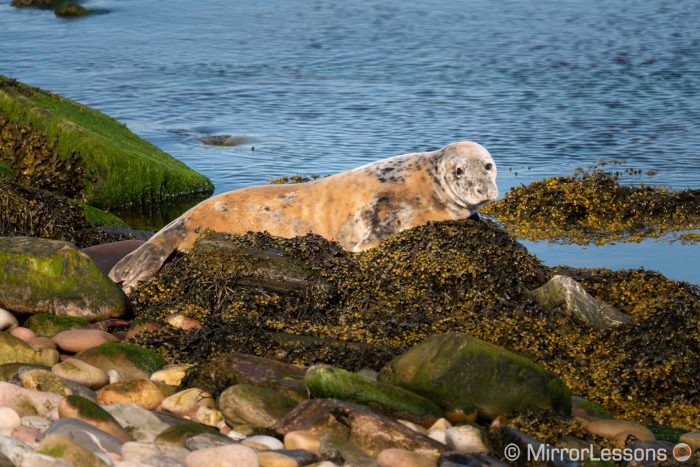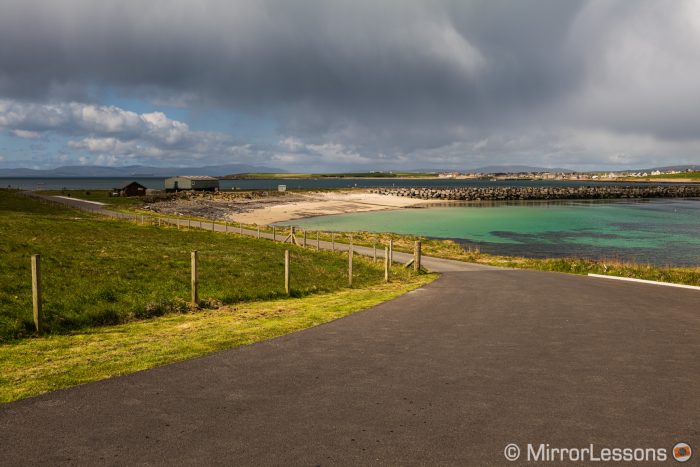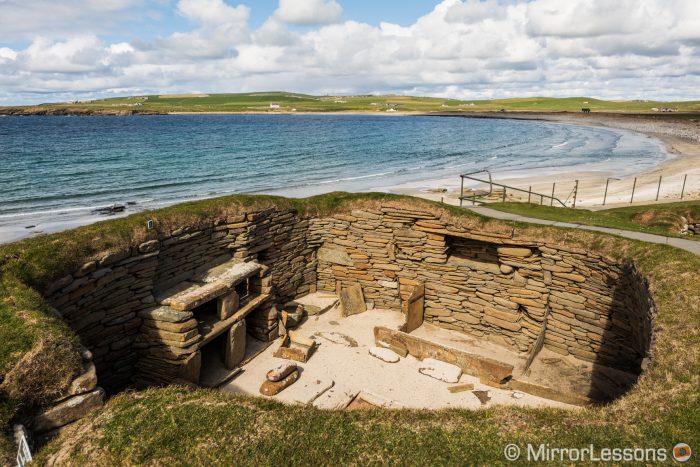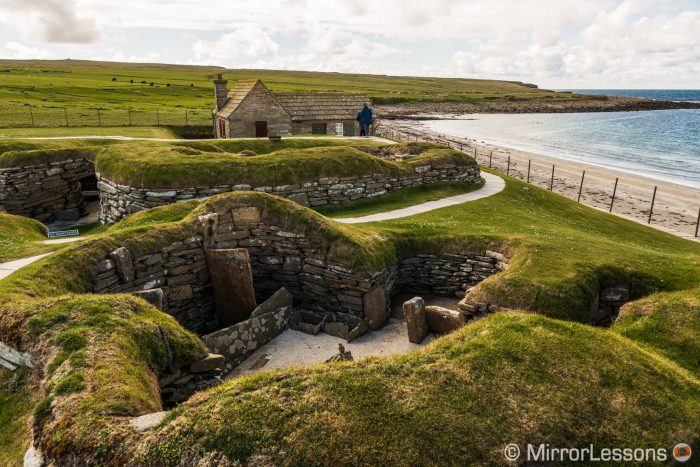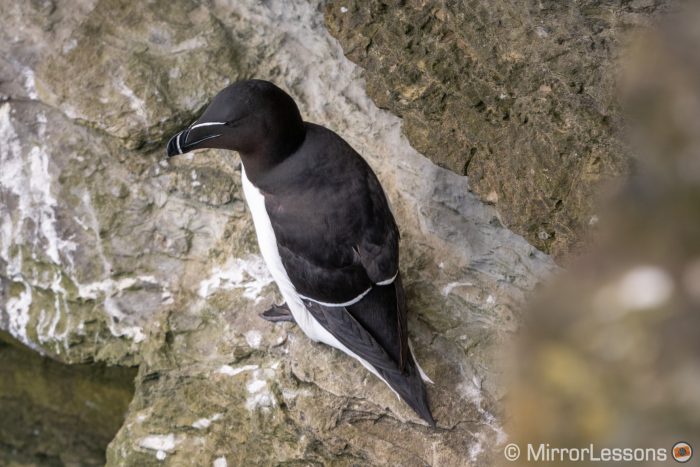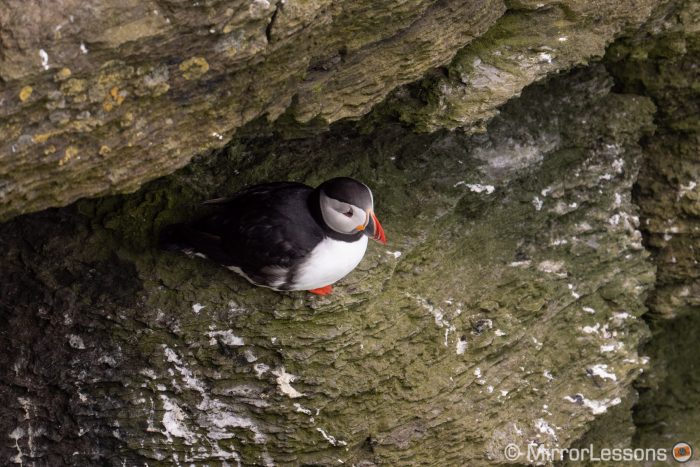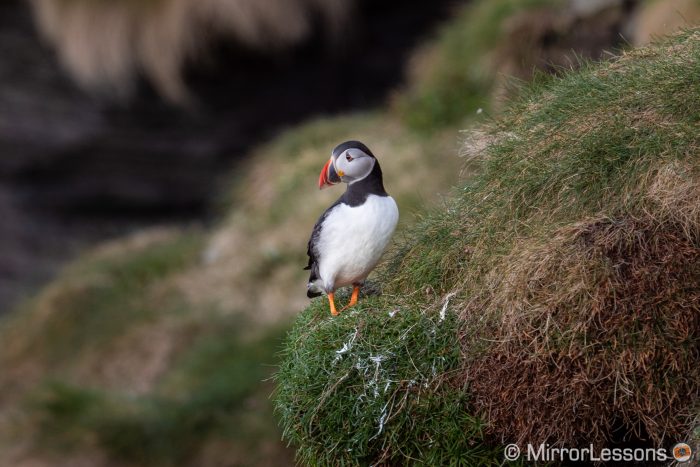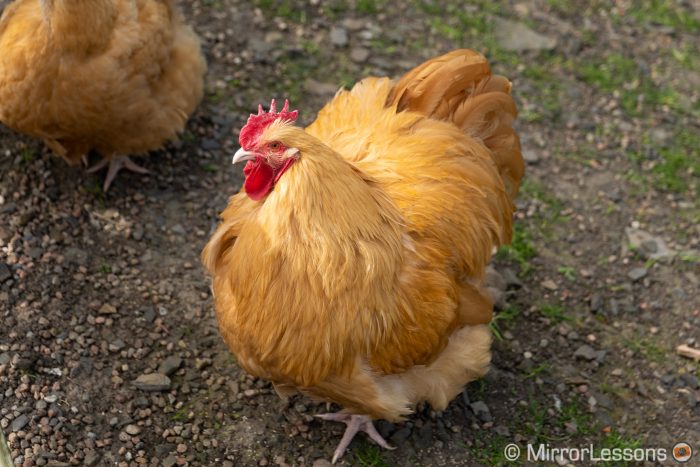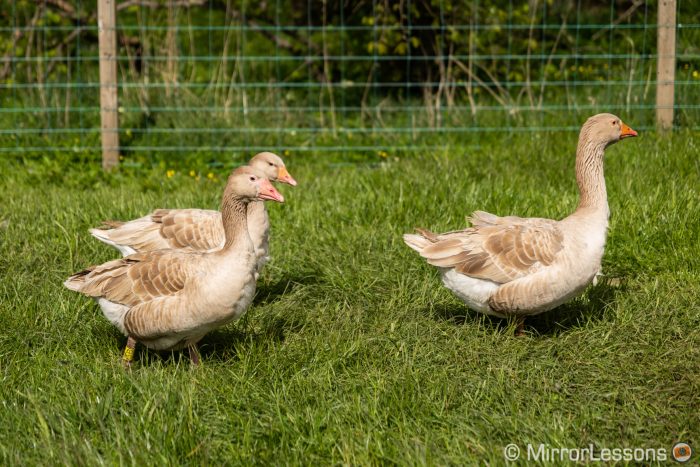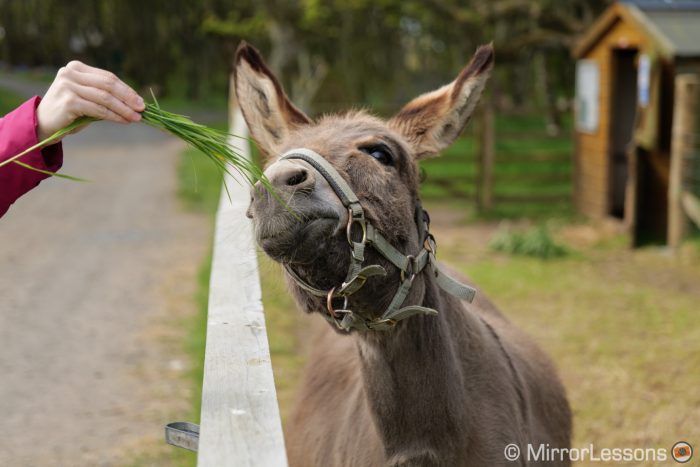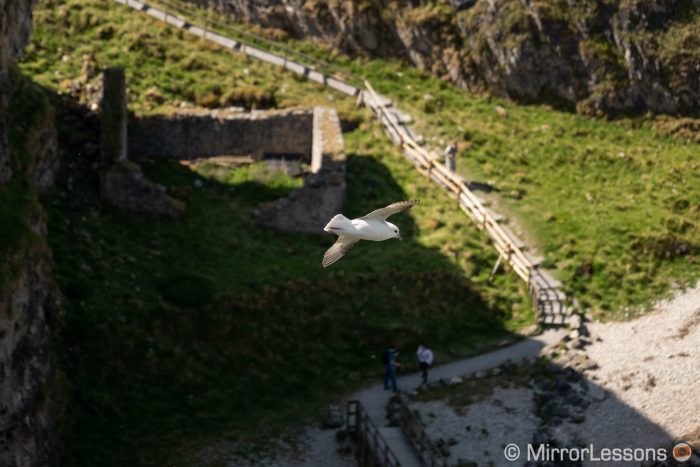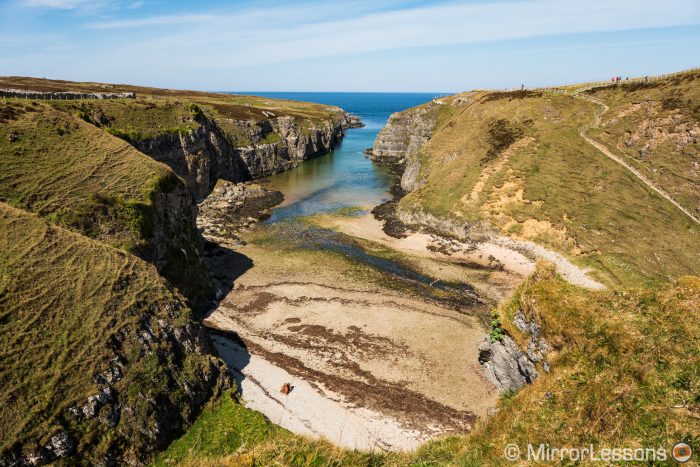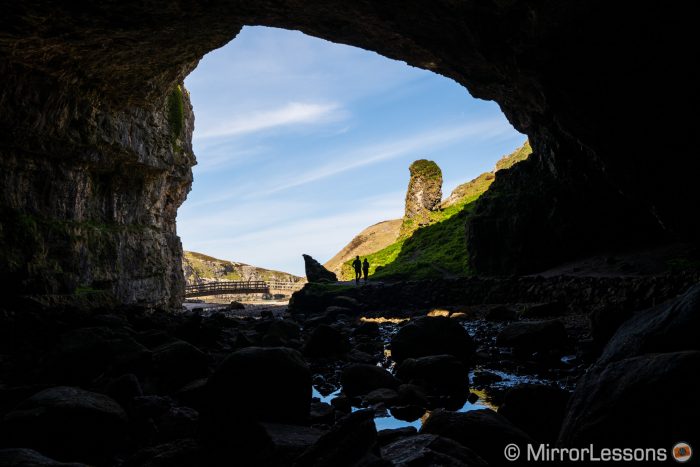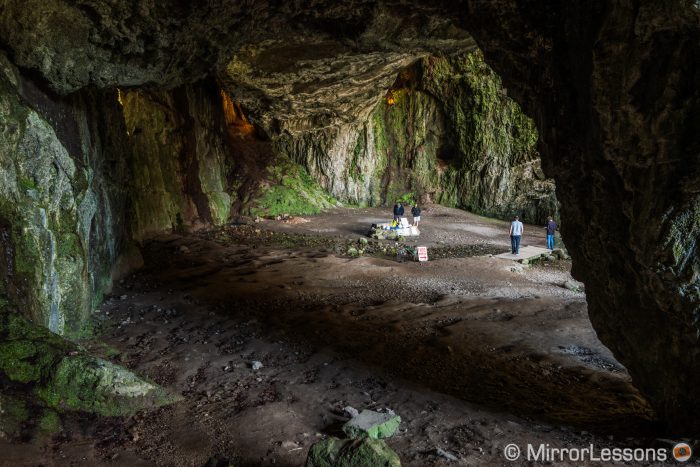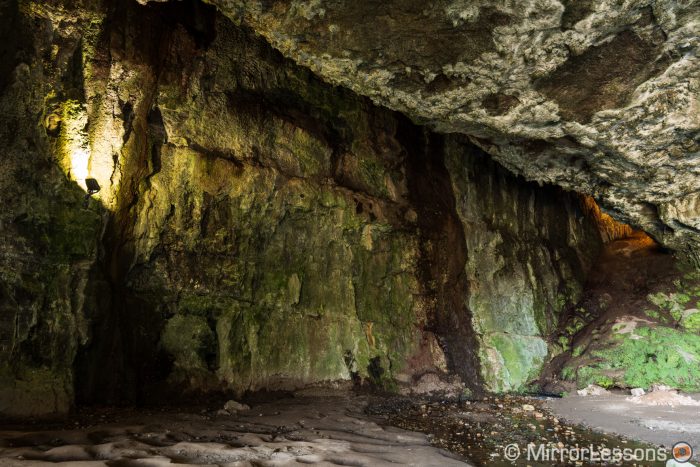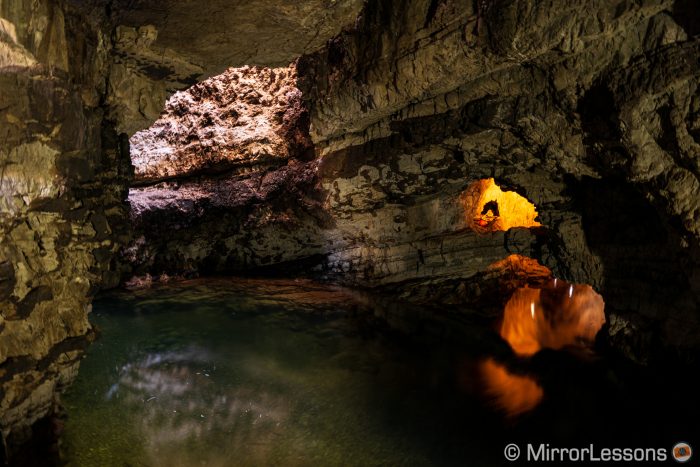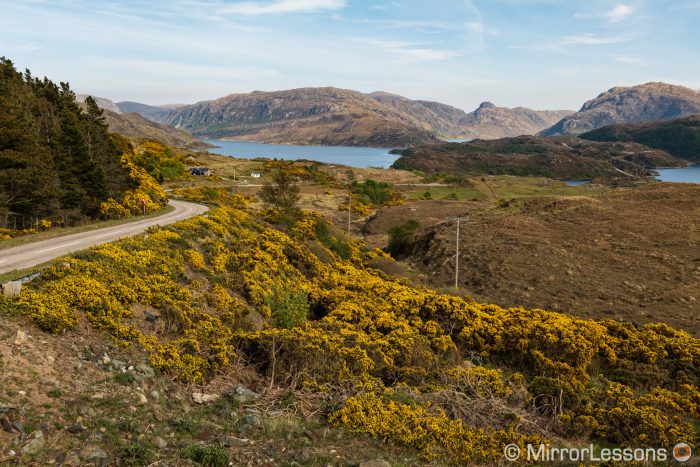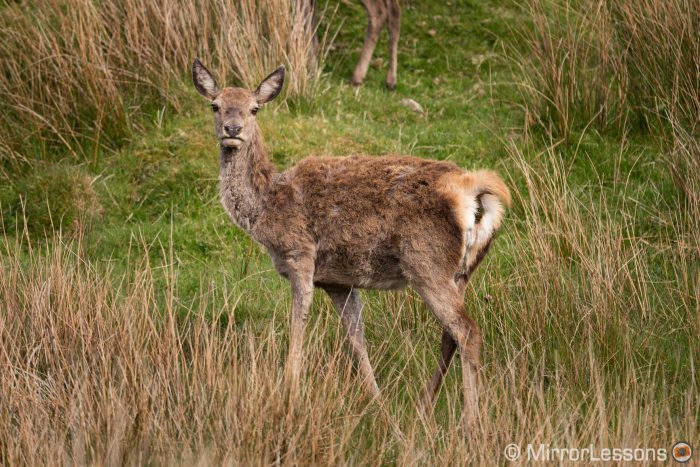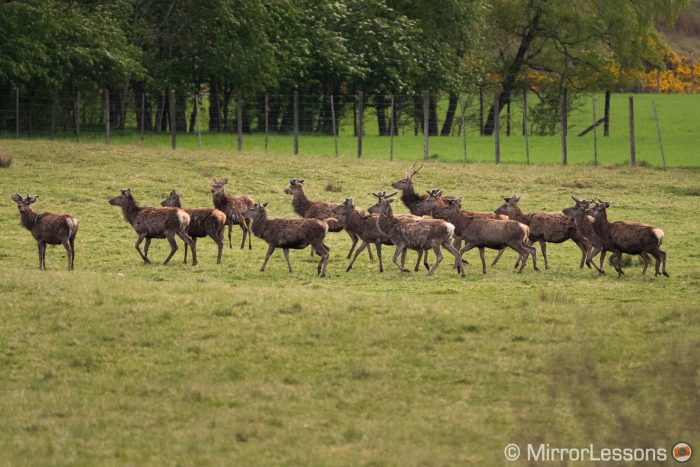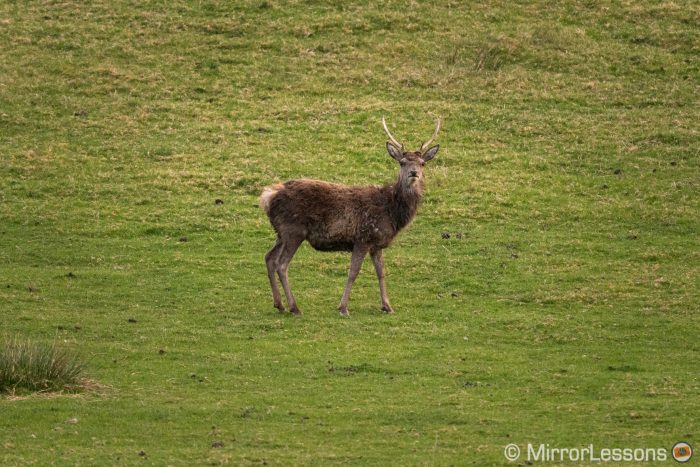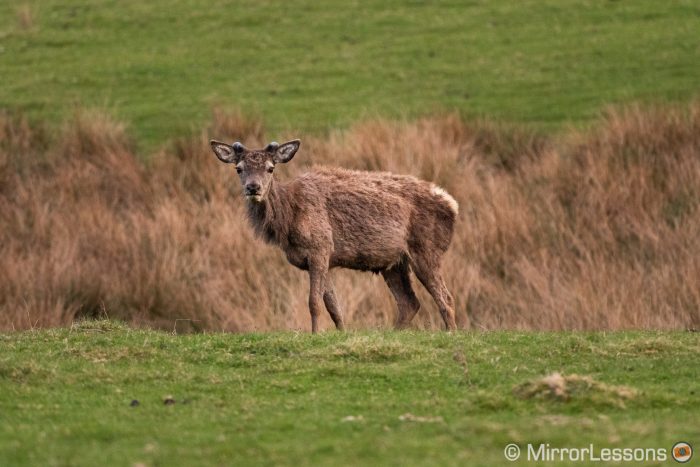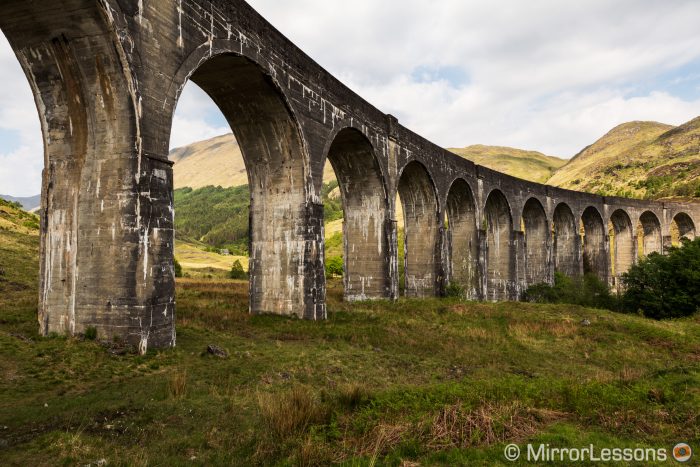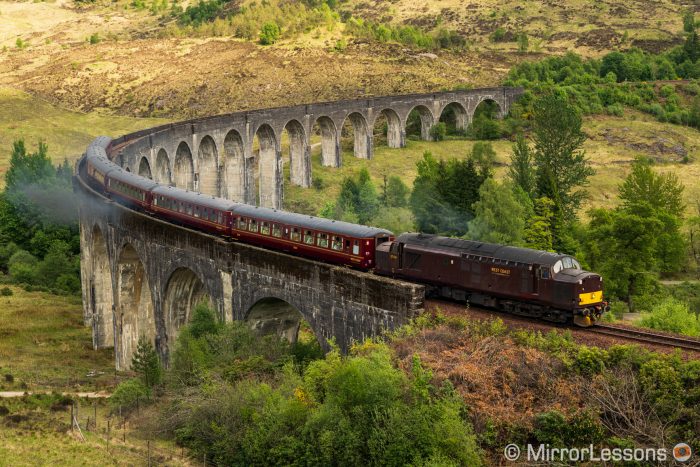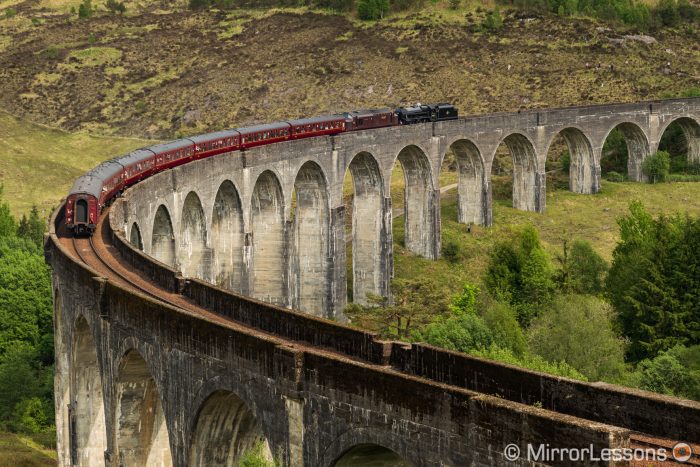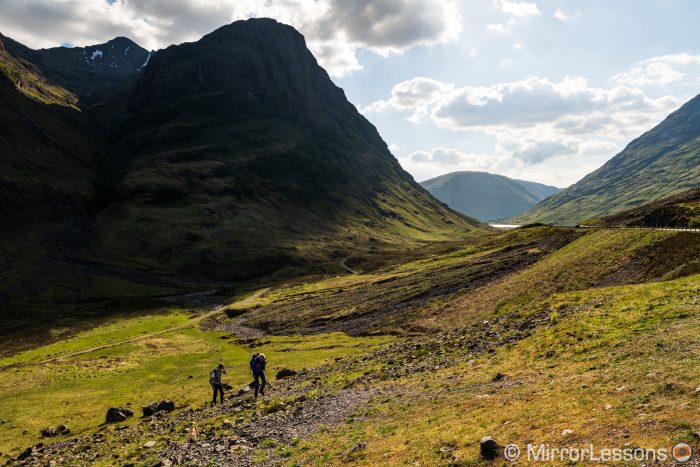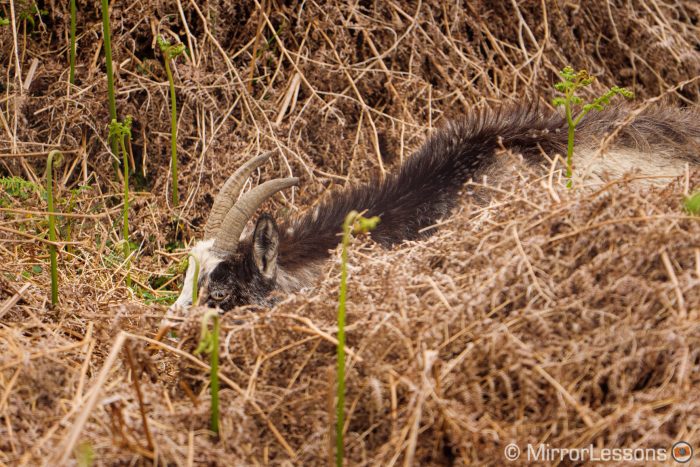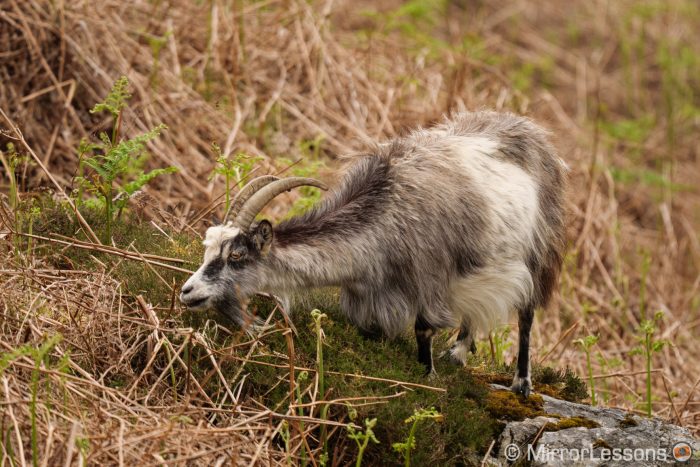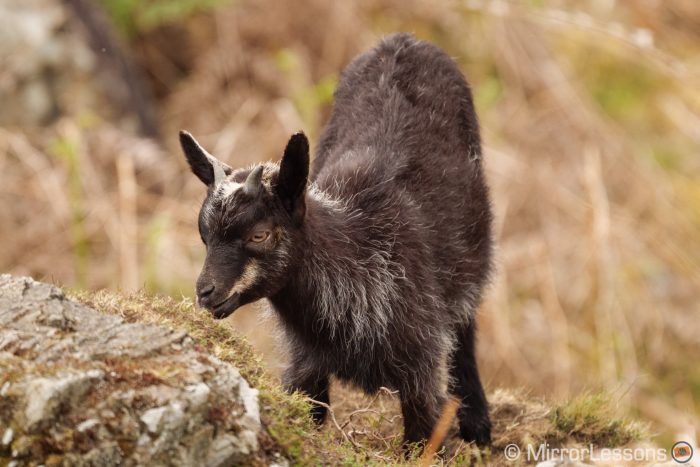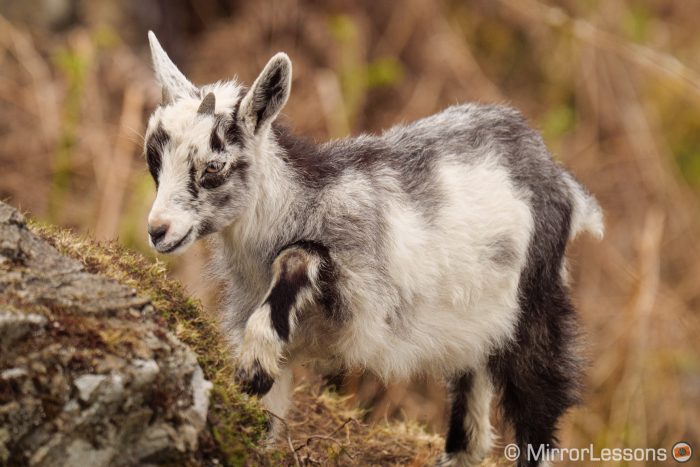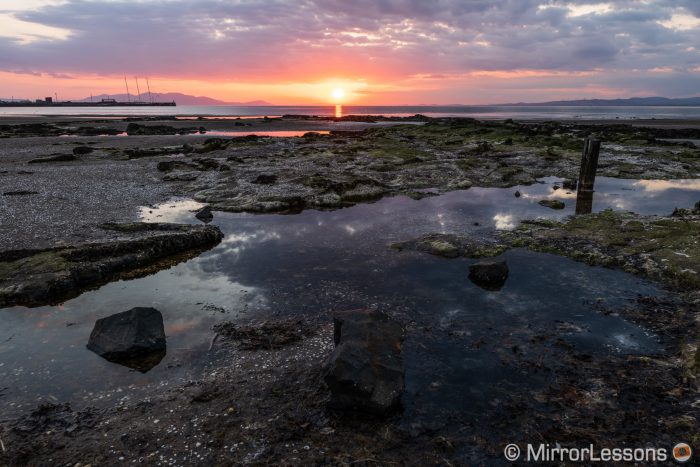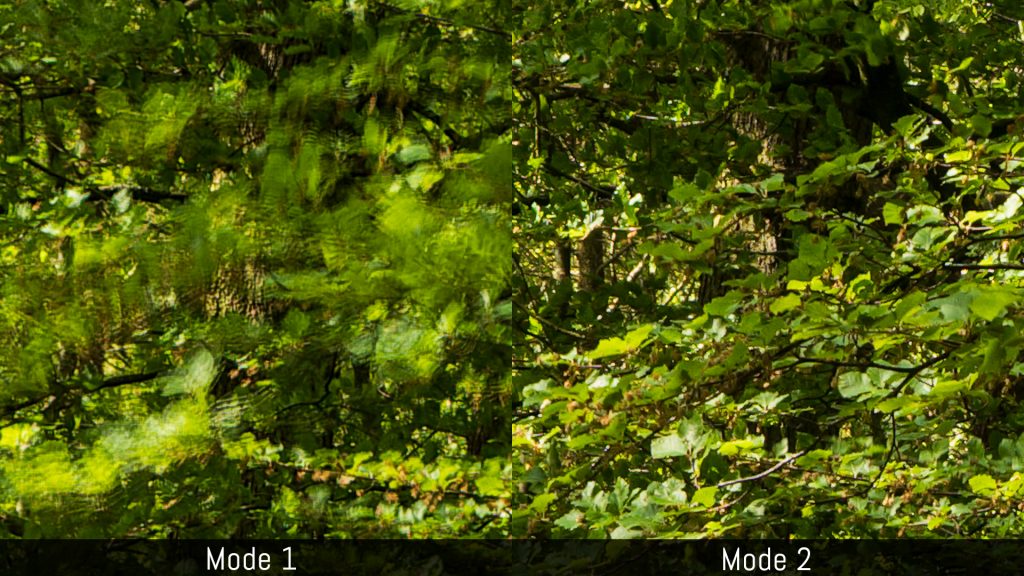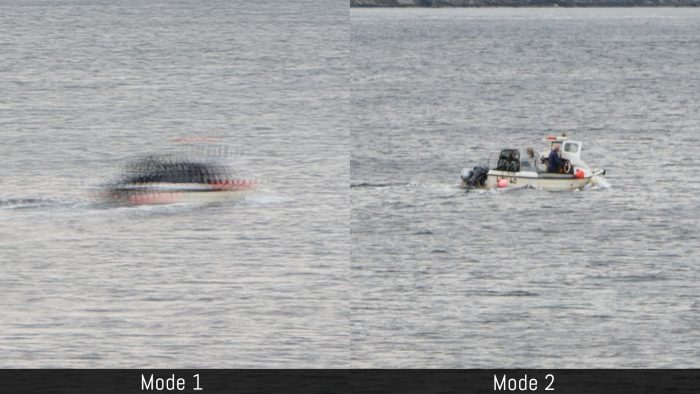My initial plan for our two week holiday in Scotland was to bring the Nikon Z6 and the 24-70mm f/4 lens, a combo that in a similar form (Z7 and the same zoom) gave me lots of satisfaction during our holiday in Italy last year.
A week before our departure, Panasonic UK asked me if I wanted to test the Lumix S1R. And if that weren’t enough, they also told me that the Leica DG 200mm f/2.8 and TC 1.4x were available, a combo I’ve been wanting to try with the G9 for some time.
So I started the journey with an unexpected pair in my backpack: the full frame high resolution S1R for landscapes and the smaller Micro Four Thirds gear for Scottish wildlife. It was the perfect opportunity to reflect on Panasonic’s two camera systems whilst enjoying a region of the UK we’d never visited before.
Note for our readers: with this article we inaugurate a new category on Mirrorless Comparison called Stories. We aim to talk about various topics that are still gear related but with a more personal or informal approach. We hope you like it!
Ethics statement: The gear discussed in this article was sent to us by Panasonic UK. We were not asked to write anything about these products, nor were we provided any other compensation of any kind. Within the article, there are affiliate links. If you buy something after clicking one of these links, we will receive a small commission. To know more about our ethics, you can visit our full disclosure page. Thank you!
Our first day on the road was mostly rainy. After the first big chunk spent on the motorway, we stopped in at a few RSPB (Royal Society for the Protection of Birds) sites where the woods provided the perfect respite from sitting in the car all day.
The S1R felt familiar right away because it is similar to the G9 in terms of design and controls. The handling is solid, it is weather-sealed, most of the buttons are in the right place and it is easy to use. Obviously the full frame model is bigger and heavier, which also makes space for additional buttons here and there. Unlike the S1R, you can rotate the screen 180˚ on the G9.
The second day was cloudy with the sun trying to poke its head through the clouds at times. We weren’t yet fully aware that most of our two-week holiday would be blessed by great weather, so I was trying to capture as many well-lit scenes as I could right away.
One of the aspects I appreciated the most about the S1R was the viewfinder. Good EVFs are not big news anymore but this one feels like the best I’ve tested to date: it is large with a good eye point so composing while wearing glasses is not a problem. The resolution and clarity are superb, the refresh rate is fast and there is very little lag.
My first chance to capture wildlife came when we arrived up north in John O’ Groats. The back garden of our AirB&B opened directly onto the seashore, and there were five grey seals basking on the rocky beach. I never would have thought that such an opportunity would present itself so easily.
Over the following days, I sat there in the morning and evening to observe and photograph these wonderful creatures. I had to be discreet and careful not to get too close. Seals look funny on land – you would think that they were slow, but if they perceive any kind of danger, they’ll make a run for it and they’ll make it fast.
During our stay in John O’ Groats, we visited the Orkney Islands. Unfortunately we couldn’t book a reasonably priced B&B for just a couple days, so we had to settle for a day trip, which isn’t enough to explore everything the islands have to offer. Still, we visited some interesting places like the Italian chapel and the Skara Brae prehistoric village.
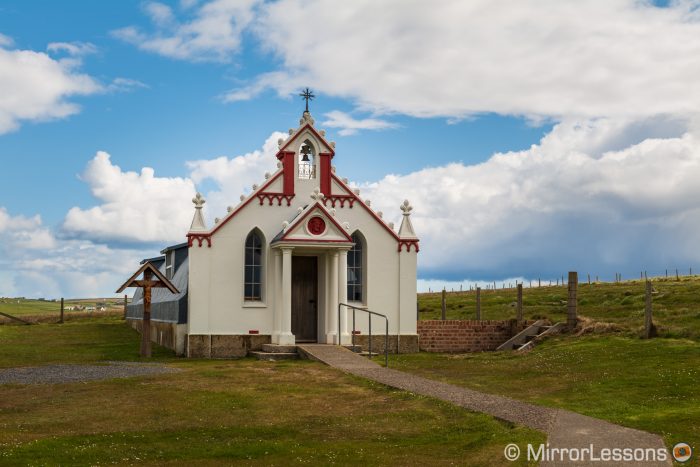
The Italian chapel
Orkney gave me the first opportunity to photograph birds up close. The Marwick Head nature reserve with its massive cliffs provide shelter to lots of species including guillemots, fulmars and razorbills. A few puffins made an appearance too. We saw more of these cute small birds at Duncansby Head near John O’ Groats.
The only lens provided with the S1R was the 24-105mm f4. Its versatile zoom range proved useful for a trip like this but I was disappointed by the optical performance. The widest aperture and the telephoto end lacked sharpness on the demanding 47MP sensor. I often closed down to around f/5.6 or f/8 to get better details, but I rapidly understood that such a camera deserves better optics.
Visiting the Castle of Mey animal centre gave me the chance to test one the new features introduced to the S system: animal detection. I was impressed by how fast and precise the S1R was in detecting all sorts of animals, from lambs and geese to donkeys and chicks. Unfortunately focus accuracy was not always perfect, especially when capturing close-up shots.
Speaking of autofocus, the S1R didn’t impress me overall. Face and body detection were sometimes inaccurate, so I made sure to take multiple shots in order to get at least one in focus. A few birds flying closer than usual gave me another test opportunity but the results weren’t very good most of the time.
On the road heading toward the north-west coast, we stopped at Smoo cave where I realised how good the Dual IS system has become. For those who are not familiar with it, Dual IS combines the 5-axis stabilisation of the sensor with the optical stabilisation of the lens.
Below you can see various shots taken at slow speeds. Some of them required various attempts but I was surprised to be able to go as slow as 4s. It is definitely the best stabilisation I’ve seen on a full frame camera so far.
The closer we got to the west coast, the more the wild side of Scotland revealed itself. Greener patches were replaced by rocky mountains and twisty narrow roads unveiled some astonishing scenery. It was hard not to stop every two seconds to take a picture.
This part of our holiday gave us the best weather with several days of warmth, sunshine and blue skies. Being a family holiday, we all appreciated this but as a photographer, I started to miss the more dramatic and ever-changing conditions you’d expect in the north of the UK. But I didn’t feel I was entitled to complain too much!
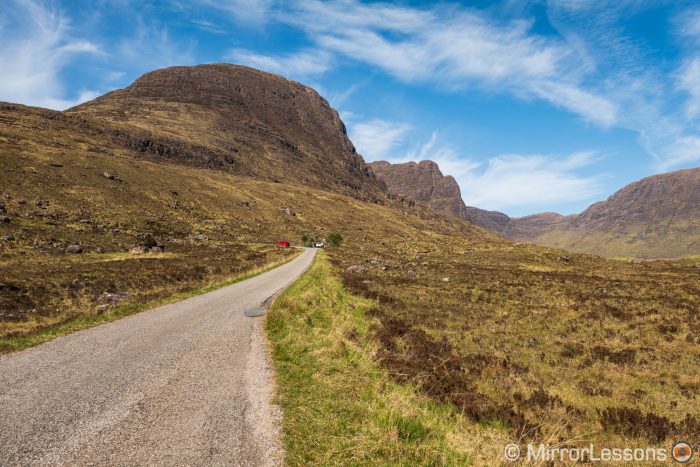
Bealach na Bà (pass of the cattle) on the Applecross peninsula
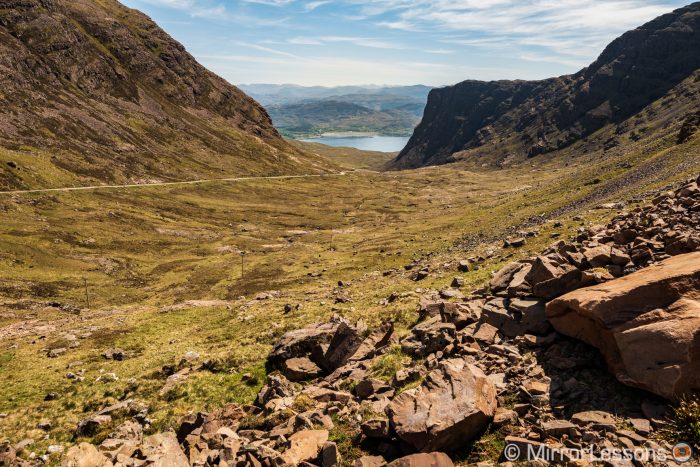
Bealach na Bà (pass of the cattle) in the Applecross peninsula
I’d been lucky with wildlife so far, but there was one important animal that was missing: the red deer. Fortunately my first encounter came in the late afternoon while approaching Ullapool. I spotted the elegant animals eating grass near a farm, not too far from the main road. I wasn’t expecting to find them so soon, so I had to discreetly get out of the car and fetch the camera from the boot. I got a few shots before the deer trotted away over the hillside.
The bed and breakfast owner in Garve gave me some advice on where to find more deer, so one evening I wandered out on my own to Loch Meig. I was about to give up after more than one hour of searching since it was almost past sunset and the light was fading away. Then I finally saw a whole herd – at least 30 if I counted correctly – walking through a field. I stopped near a wooden fence which provided cover and spent some quality time taking pictures and recording video.
We left the north and started to travel back south following the west coast which unveiled more landscape gems before reaching Fort William. Near the town, we made an obligatory stop at the Glenfinnan Viaduct. The first train to arrive was pulled by a diesel engine which wasn’t as spectacular as a steam locomotive.
The second train came 10 minutes later going in the opposite direction. The steam coming out of the chimney wasn’t as dramatic as some of the images you see on the internet, but the sun was playing hide and seek which made the scene more interesting.
The Glencoe valley gave us a final dramatic view of the Scottish wilderness, a perfect farewell before returning to a flatter environment.

Three sisters, Glencoe
9 vertical shots merged with Lightroom Classic
On our way down towards England, we passed through one last national park, Galloway. There I encountered another wildlife opportunity, wild goats. They’re not easy to photograph in the right position because they are constantly on the move in search of new grass and herbs to eat. There were also kids playing in the bushes and jumping off the rocks.
We took it easy on the last days of our journey, slowly meandering our way back home and stopping along the way for a couple of more nights. This gave me time to look at my images on my MacBook Pro, analyse them and get a better feel for the two systems.
The G9 with the 200mm lens is the camera I enjoyed the most. It reminded me once more of how versatile the Micro Four Thirds system is. The 200mm is not a small lens (especially when paired with the massive metal hood) but it remains light enough and gives you superb optical quality. The supplied 1.4x teleconverter is handy to have and I used it a lot. To get the same results with the S1R would have required a much bigger lens and this reinforces my conviction that Micro Four Thirds is a great alternative for wildlife photography in the camera world.
The Micro Four Thirds combo was perfect for capturing video too and the Dual IS system allowed me to work hand-held most of the time. You can watch the short video compilation below.
I don’t want to deliver a final judgement on the S1R because I feel I haven’t put it through its paces entirely. It was a holiday after all and I wanted to enjoy the visit, take pictures as a passionate photographer and not think too much about all the tests a camera like this requires. I would also like to test it with more lenses as they are released.
The image quality didn’t disappoint, to be sure: it provides lots of dynamic range, vibrant and powerful colours, and of course great detailed rendering.
One of the functions of the S1R that surprised me the most was the High Resolution mode. The camera moves the sensor into different positions and takes multiple shots to create more resolution (186MP in this case), so any movements in the scene result in artefacts in the composited image. However if you activate Mode 2, the camera uses portions of a single frame to eliminate the unwanted effect. You lose some resolution in that area but there are no artefacts. It works better than any other camera with this technology that I’ve tested so far.
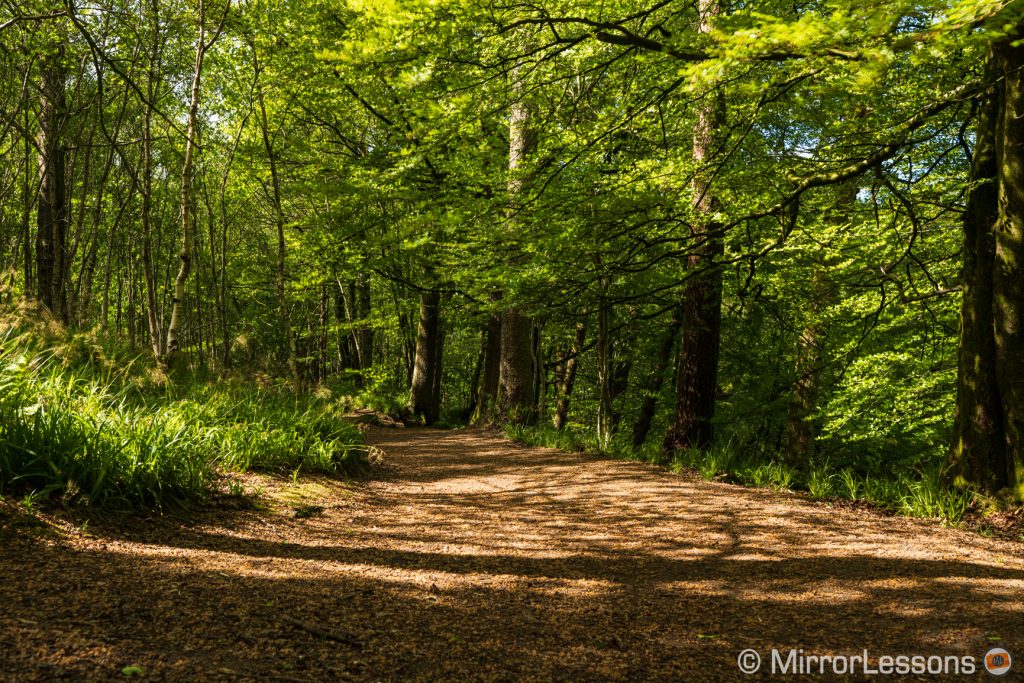
But at the end of the day, if I had to choose one system only, Micro Four Thirds would give me everything I need, especially on a trip like this and for the kind of images I take.
Another thing that puts me off on the S system is the size. The camera and the lenses are as far from the notion of compactness as you can get. There is nothing wrong with that, and actually some photographers might prefer working with larger gear. But for me, after so many years of using smaller mirrorless cameras, I don’t feel the need to go back to something large and heavy. And if I want full frame, there is the A7 III or A7R III which despite the imperfect ergonomics, offer more in the lens department.

It’s too early to judge the Panasonic S system. More lenses are on the way and it’s probably going to take a few years for consumers and professionals to warm up to the system. I think there is potential, but the competition is fierce now so it won’t be an easy journey.
Reminder: the links below are affiliate links. If you decided to buy something after clicking the link, we will receive a small commission.
Check the price of the Lumix S1R on
Check the price of the Lumix G9 on


